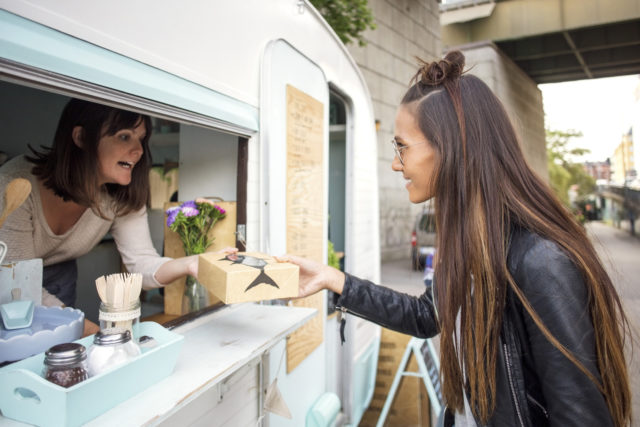Viral marketing is a broad term, covering any campaign that picks up interest and spreads like a virus, from one person to another in a rapid fashion, usually across social media. While many marketers will aim for viral campaigns on social media, it’s almost impossible to predict which viral marketing techniques will actually work.
That said, there are plenty of examples here in Australia and around the world where viral videos and campaigns have exploded onto the public conscious practically overnight.
Here are some of the best viral marketing examples of our times (so far).
Movember.
Everyone knows about Movember – about men growing out their beards to raise money and awareness for men’s health every November. It’s such a well-known phenomenon that not many people remember that it all began as a viral campaign right here in Australia.
In 2003, two mates met up in Melbourne over a beer and got chatting about how the glorious moustache had all but disappeared from modern fashion. Could they bring it back? They gathered 30 men, and, inspired by a friend’s mum who was fundraising for breast cancer, decided to make it about men’s health and prostate cancer.
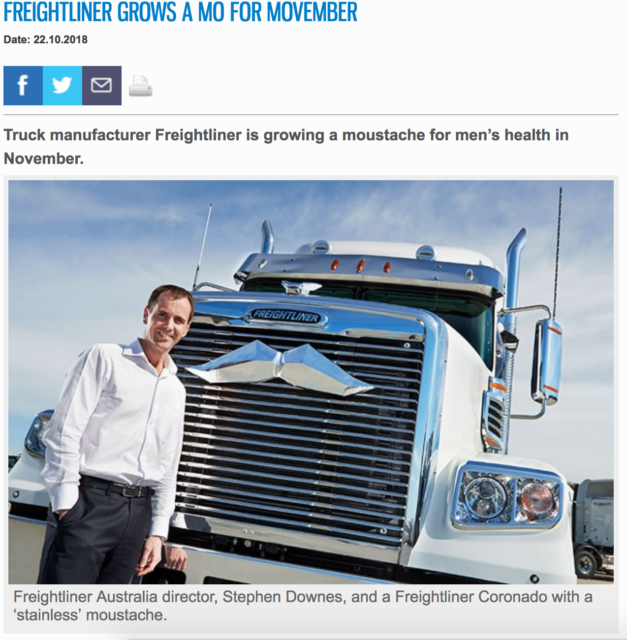
Geographical reach: 5 stars
Celebrity interaction: 5 stars
Public engagement: 5 stars
Old Spice.
Old Spice is the original king of viral marketing, and the creator of one of the first major viral videos of the century. This brand is almost a century old, and up until roughly a decade ago, it was very much a product associated with men who were almost a century old as well. Faced with the major problem of not being seen as a product for younger consumers, the Old Spice marketing team got to work, and completely, irrevocably, rebirthed the brand.
In 2010, ‘The man your man could smell like’ campaign was created, and was an instant viral sensation.
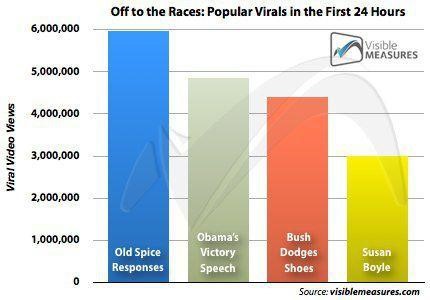
Seriously funny and fresh, this 30-second clip drives home the message of Old Spice being a manly product, but in a way that completely cuts through the same old generic messaging of men’s products. And in terms of responses in its first 24 hours, it outshone Obama’s victory speech, the clip of Bush dodging a shoe, and even Susan Boyle finding her fame.
The original ad was followed by a series of short follow-up clips where the star, Isaiah Mustafa, answered questions and comments left by Facebook and Twitter users, which resulted in a 1,000 per cent increase in Twitter followers, and more than 600,000 likes on Facebook. Included in these questions? Tweets from celebrities Demi Moore, Alyssa Milano, Ellen DeGeneres, and others.
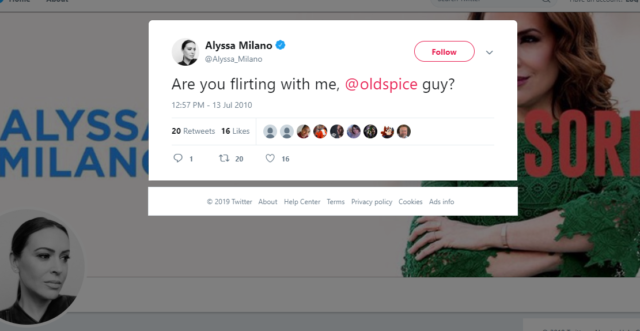
Geographical reach: 5 stars
Celebrity interaction: 5 stars
Public engagement: 5 stars
The ice bucket challenge.
In 2013, not many people knew what ALS was. Amyotrophic Lateral Sclerosis is not just a hard disease to spell and pronounce, but a tough challenge for the ALS Association to promote as a cause worthy of people’s attention – and more importantly, of their donations.
In 2014, everything changed.
Professional golfer Chris Kennedy challenges his sister to pour ice and freezing water over herself, as her husband has ALS. From this original clip, two young men within their Facebook friends group saw the video, shared it across their own networks, and the rest is history.
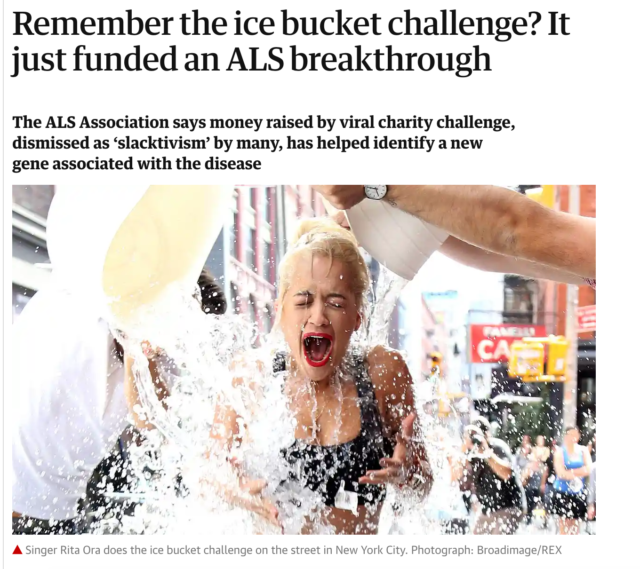
Everyone, absolutely everyone got involved in creating these viral social media videos. From Justin Timberlake to Oprah, Bill Gates to Barak Obama – and even Donald Trump – practically every celebrity, sports star, TV show host, and every Joe Bloggs got involved. In total, more than 17 million people uploaded their challenges to Facebook, and in the six weeks from August to mid-September 2014, the ALS Association received $115 million in donations.
This absolute juggernaut of viral marketing was largely successful thanks to the current culture of #challenges (everything from planking to spoonfuls of cinnamon), and the positive side of peer pressure on social media. Today, the Ice Bucket Challenge is an annual fundraising event, and one of the most successful – if not entirely planned – marketing campaigns of all time.
Geographical reach: 5 stars
Celebrity interaction: 5 stars
Public engagement: 5 stars
Purple mattresses.
Everybody knows of Movember, Old Spice, and now, the ALS Association, but Purple mattresses shows that even a new (2015), small brand can find viral marketing success.
After all, how many advertisements can you name that have more than 170 million views? Especially ones for mattresses?
The video features a fast-talking, wise-cracking ‘Goldilocks’, and a simple egg test explaining the differences between high quality and low quality mattresses. It was a quirky creation, and not cheap either, with the team behind Purple admitting to spending hundreds of thousands on the final product.
Fortunately, the investment seems to have paid off. One estimate set Purple’s income at roughly USD$75 million in 2016, which isn’t bad for a company that began on Kickstarter the year before.
As well as the original video, Purple has created a slew of popular viral marketing videos – including a review from rapper T-Pain – to further boost their product line.
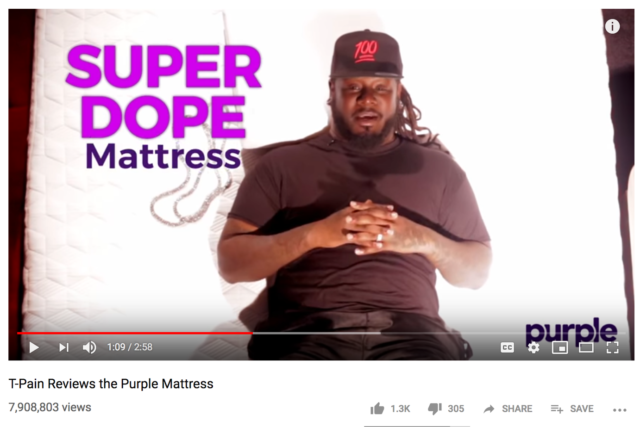
Purple is still growing as a brand, having started in the US and expanded into Canadian markets in 2017. However, one of the real advantages of viral marketing is that should they continue to expand into new markets, many people will already be familiar with the name and the fun, honest, and memorable style of marketing.
Geographical reach: 4 stars
Celebrity interaction: 4 stars
Public engagement: 5 stars
Need some help with your next social campaign?
Talk to the Yellow Pages team about creating standout social ads that connect you with the right target audience and deliver results not just likes. Who knows, it could even go viral!

